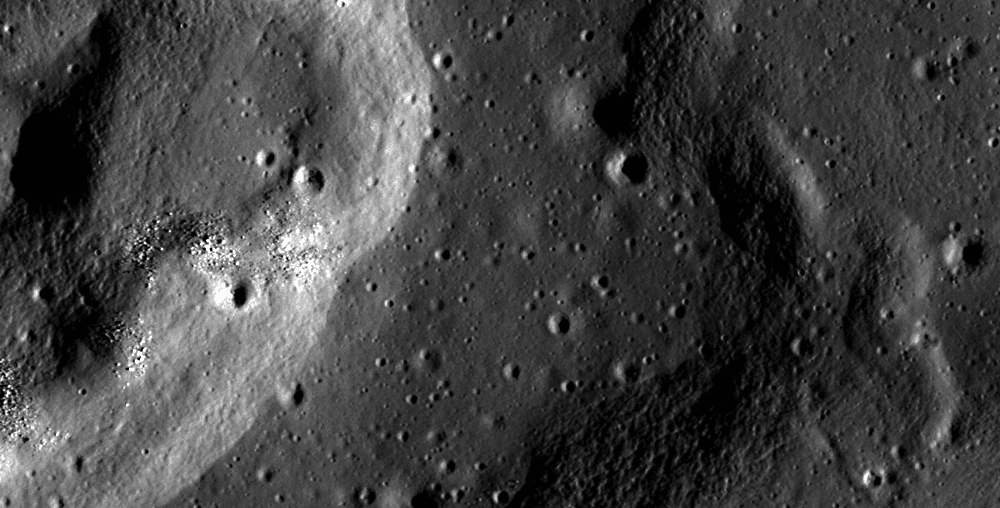Nestled in the vast landscapes of Nevada lies a geological marvel, the McDermitt caldera, which has recently been the focal point of a groundbreaking study by Thomas R. Benson and his team. Their research, published in Science Advances, unveils a unique lithium enrichment process that could be pivotal for the sustainable energy sector. However, this potential boon is not without its share of controversies.
The global urgency to combat climate change has intensified the transition towards lower-carbon energy technologies, with electric vehicles and renewable energy sources leading the charge. Central to these technologies are lithium-ion batteries, sparking what many term as the “lithium rush.” By 2040, the demand for lithium is projected to skyrocket to approximately 1 million metric tons, marking an eightfold increase from 2022 levels. This burgeoning demand underscores the significance of discovering high-grade lithium resources.
The McDermitt caldera introduces a lesser-known category of lithium resources termed “volcano sedimentary,” associated with centers of silicic volcanism. Preliminary data suggests that this caldera could rival Bolivia’s Salar de Uyuni, previously considered the world’s most abundant lithium reserve.
However, the potential of the McDermitt caldera, specifically the Thacker Pass region, has been met with significant opposition. A recent article from Karmactive highlights the challenges posed by the proposed lithium mine in Nevada. Environmentalists and Native Americans have voiced their concerns, presenting their arguments before a US appeals court. The Biden administration’s endorsement of lithium and copper mining, as part of their shift away from fossil fuels, has been a point of contention for nearly two years.
The Thacker Pass mine in Nevada has become a hotbed of debate. While the Biden administration and mining companies emphasize the mine’s potential to bolster the US’s lithium supply, environmentalists and tribal leaders highlight the potential environmental and cultural impacts. Concerns range from groundwater contamination and habitat destruction for species like the sage grouse and pronghorn antelope to the desecration of lands considered sacred by the Western Shoshone and Paiute tribes. These lands hold historical significance, with tribal members being massacred in 1865.
Similar Posts
Lithium America, the mining company behind the Thacker Pass project, argues that the mine aligns with President Biden’s clean energy goals. They estimate that the Thacker Pass Mine could provide lithium for over 1.5 million electric vehicles annually for 40 years. The company asserts that there are no viable alternatives in the US to meet the burgeoning demand for lithium.
The Bureau of Land Management (BLM) initially permitted the mine’s construction under the Trump administration, a decision upheld by the Biden administration. Lawyers for the BLM and Lithium Nevada Corp., the mining subsidiary, deny claims that the mine will cause significant harm to the environment or local species.
The Thacker Pass mine’s reserves are projected to cater to more than 1.5 million electric vehicles annually for 40 years. The company has invested over $8.7 million in environmental analyses and permitting processes, modifying construction plans to avoid environmentally sensitive areas.
In conclusion, the McDermitt caldera and the proposed Thacker Pass mine present a complex dilemma. As the world stands at the crossroads of sustainable energy and environmental conservation, striking a balance between industrial progress and preserving sacred lands becomes paramount. The outcome of the ongoing legal battles and appeals could set a precedent for future mining operations, not just in Nevada but across the western United States.
Sources: Benson et al., Sci. Adv. 9, eadh8183 (2023); Karmactive.com


















